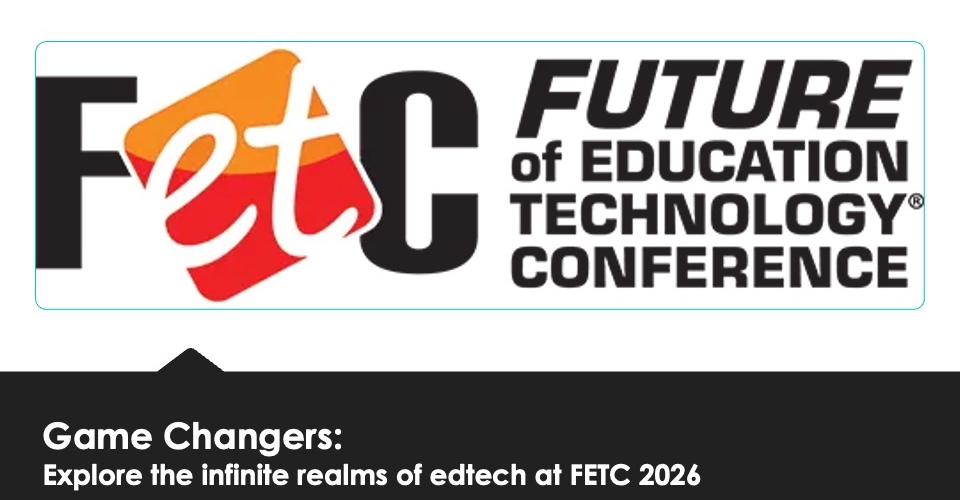There is some good news but more not-so-good news in a pair of wide-ranging reports on the state of the American student, academic achievement and civic engagement.
If, like most educators, you are seeing continued evidence that not all students have fully recovered from the disruptions of COVID and online learning. The first report, from the Center on Reinventing Public Education, finds that students are catching up thanks to tutoring, high-quality curricula, and extended learning time.
The organization, also known as CRPE, cites research showing students have regained about a third of their pandemic-era learning losses in math and a quarter in reading but also contends that high-dosage tutoring and other proven strategies are not reaching enough students. This hobbled academic recovery has the biggest impact on younger and low-income students.
CRPE also warns that schools are facing the “gale-force headwinds” of declining teacher morale, students’ growing mental health needs and post-ESSER financial peril. The report urges educators to deploy programs such as Building Assets, Reducing Risks to help ninth graders build strong school relationships. K12 leaders are further encouraged to provide teachers and other staff with dedicated time to connect with parents and families. More flexible schedules and staffing would create ample time for core instruction and”pullout” programs such a tutoring and special education services.
Finally, the State of American Student report emphasizes “real accountability.” It calls on state leaders to give parents better information about their child’s academic performance beyond traditional report cards and ensure schools can provide teachers with complete student data to identify needed interventions.
Civic empowerment
Another report on the American student experience could encourage K12 leaders to provide high school students with more opportunities to create change in their communities.
A YouthTruth survey of more than 115,000 higher schools found:
- Strong civic dispositions but skills lacking: “Most high school students want to help others and work across differences to improve society. However, fewer than half report learning the necessary civic skills in school, and fewer than a third have been empowered to create positive change in their communities.”
- Inequitable civic preparedness: “Civic readiness is uneven among high school students. Those with parents holding advanced degrees stand out as most civically prepared, while Hispanic/Latinx students are significantly less civically empowered than other racial groups.”
- Only half agree voting matters: “Overall, 53% of high school students believe that voting is important. School size and location do not significantly affect students’ belief in the importance of voting. However, significant differences in this belief exist based on student demographics.”
- Civic engagement thrives in extracurriculars: “Students describe academic work as disconnected from public life and a barrier to civic engagement, but they find participation in clubs, activities, and sports teams civically empowering.”



